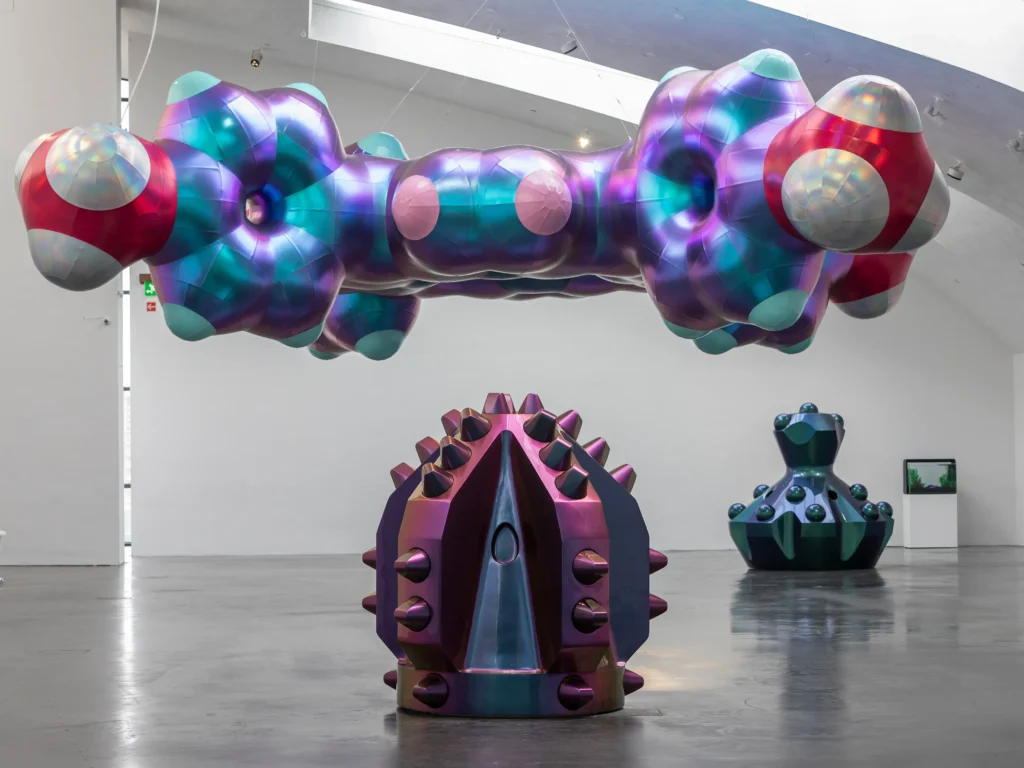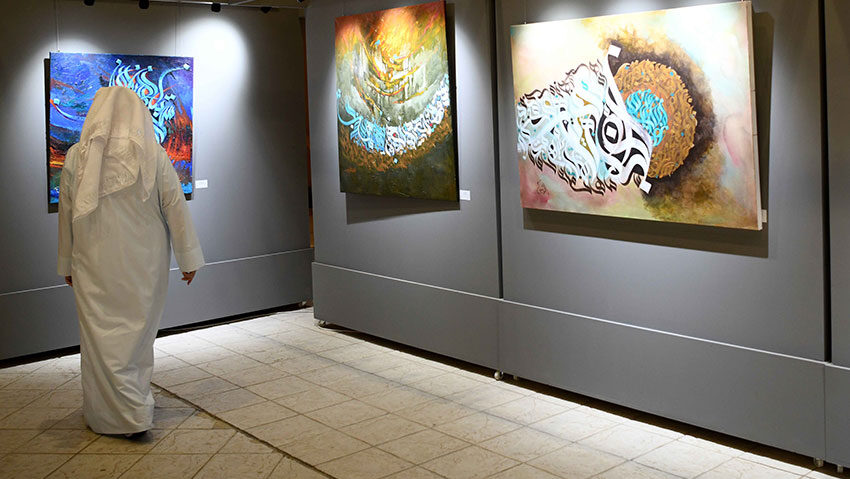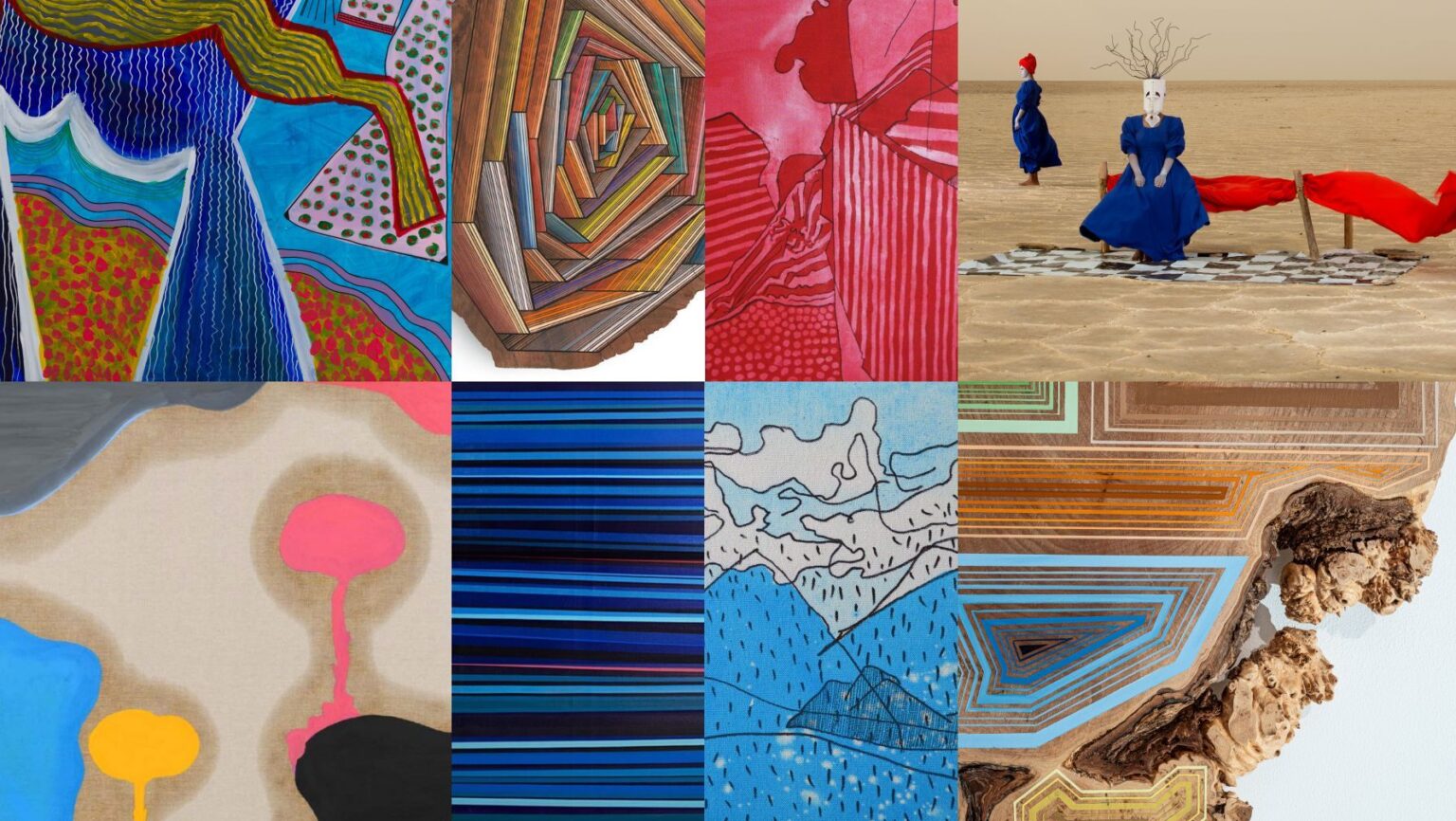The Modern Canvas of Tradition
In the heart of Kuwait, a new artistic movement is rising one that beautifully bridges the past and the present. Kuwaiti artists are redefining how their country’s rich heritage can live on in the modern age. Through strokes of creativity, sculptures of memory, and digital reinterpretations of culture, they are turning the nation’s traditions into living art. The new generation of artists is not simply copying what once was; they are transforming heritage into something that breathes, speaks, and inspires today’s world.
Kuwait’s art scene has undergone a remarkable transformation over the past few decades. Once limited to traditional crafts and classical painting styles, it has evolved into a dynamic arena of expression mixing calligraphy, digital art, abstract installations, and cultural symbolism. What remains constant, however, is the connection to roots. Kuwaiti artists, young and old alike, see art as a vessel to preserve what defines them their history, faith, folklore, and collective memory.
The Cultural Pulse Behind Kuwaiti Art
Heritage has always been at the heart of Kuwaiti identity. From pearl diving songs to the vibrant Sadu weaving tradition, art has long been the storyteller of the people. Today’s artists are continuing that storytelling only now, their medium is not just fabric or ink but also virtual screens, immersive installations, and performance spaces.
They look back to an era when Kuwait was a thriving trading port, where merchants, poets, and sailors coexisted with the desert tribes. This mix of cultures created a unique artistic language one that modern artists are revisiting through their work. Many of them reinterpret ancient motifs, architectural details, and Arabic poetry, embedding them within sleek modern frameworks that appeal to contemporary audiences.
Tradition Meets Technology
In the 21st century, art no longer exists in galleries alone. Kuwaiti artists are exploring digital art forms such as augmented reality, virtual exhibitions, and NFT-based artworks to reimagine their heritage. This creative fusion allows them to showcase Kuwaiti traditions to global audiences in entirely new ways.
For instance, a digital artist might take the geometric patterns of traditional Sadu weaving and animate them into an interactive piece that responds to sound or movement. Another may use virtual reality to simulate the experience of a Kuwaiti souq, bringing to life the smell, color, and energy of old marketplaces for people thousands of miles away. These innovations are not only preserving cultural identity but also modernizing it ensuring that Kuwait’s past remains relevant in a fast-evolving world.

Painting the Past with a Contemporary Brush
While technology plays a major role in Kuwait’s evolving art scene, the emotional depth of its artists remains grounded in memory. Many Kuwaiti painters are inspired by the desert landscape, the Arabian Gulf, and stories passed down through generations. Their art serves as a reflection of nostalgia of simpler times when community, family, and faith formed the foundation of life.
Artists often depict scenes of traditional Kuwaiti homes, boats used for pearl diving, and the architectural grace of old mosques. However, they reimagine these symbols through abstract or surrealist techniques using bold colors, modern compositions, and experimental materials. In doing so, they not only honor the past but also challenge viewers to think about its meaning in a modern context.
The Role of Women in Preserving Cultural Identity
Kuwait’s female artists are among the most powerful voices in this artistic revival. Through their work, they explore identity, empowerment, and the evolving role of women in society while drawing heavily from cultural and familial roots. Their art often weaves together the personal and the historical, expressing a deep respect for Kuwaiti traditions while questioning outdated norms.
Women artists have transformed themes like motherhood, spirituality, and tradition into universal expressions of strength and transformation. They often use fabric, embroidery, and calligraphy mediums deeply tied to the domestic and cultural spheres to create visually stunning works that bridge the gap between heritage and modern feminism.
Calligraphy: The Timeless Language of Expression
Arabic calligraphy holds a sacred place in Kuwaiti art. Many contemporary artists continue to use it as a means of spiritual and aesthetic exploration. By blending calligraphic elements with abstract design, they maintain the elegance and rhythm of Arabic script while introducing new artistic dimensions.
For these artists, calligraphy is not just decoration it’s a language of identity. Each stroke and curve carries meaning, echoing the words of poets and the verses of faith. Modern calligraphers in Kuwait use vibrant colors, textures, and mixed media to make this ancient art form accessible and engaging for new generations.
Architecture as Artistic Inspiration
Kuwaiti art frequently draws inspiration from the country’s architectural heritage. The intricate wooden doors of old Kuwaiti homes, the coral stone structures, and the wind towers (barajeel) are recurring motifs. Artists reinterpret these architectural elements to symbolize resilience and cultural pride.
Sculptors and installation artists often recreate fragments of these designs using modern materials like metal, glass, and recycled objects. Through this, they remind the public of Kuwait’s journey from a humble desert settlement to a modern metropolis that still honors its past. The blending of modern minimalism with historical motifs gives their works both elegance and emotional depth.
Music and Performance as Living Art
Kuwaiti artists don’t limit heritage preservation to visual mediums. Traditional music and performance arts are also being reimagined for modern audiences. Musicians incorporate traditional rhythms with electronic beats, while dancers interpret folk movements in contemporary performances. This evolution keeps cultural expression alive while making it relatable to younger audiences who may have never experienced traditional Kuwaiti music firsthand.
Art festivals in Kuwait often showcase this fusion, bringing together visual artists, musicians, and performers under one cultural roof. These events create a sense of unity a shared celebration of Kuwaiti heritage reborn through creativity.
The Rise of Art Collectives and Cultural Spaces
Modern Kuwaiti artists have found strength in collaboration. Art collectives, galleries, and creative hubs across Kuwait are providing spaces for artists to share ideas, experiment, and exhibit their work. These venues act as incubators for innovation, where young artists can blend the old and new without fear of boundaries.
Cultural foundations and government-backed initiatives are also supporting art education and heritage preservation through grants and workshops. Such initiatives encourage young Kuwaitis to explore their identity and translate it into creative expression. The result is an ever-growing network of artists united by one goal: to keep Kuwaiti heritage alive in the modern age.

Global Recognition of Kuwaiti Art
In recent years, Kuwaiti artists have gained increasing recognition on the international stage. Exhibitions in Europe, Asia, and the Middle East have showcased works that highlight Kuwait’s unique blend of cultural authenticity and modern innovation. Through these exhibitions, artists not only share their national identity but also reshape global perceptions of Arab art.
The fusion of heritage and modernity allows Kuwaiti artists to connect across cultures. Their works speak of universal human experiences nostalgia, faith, community, and transformation while remaining deeply Kuwaiti in essence. This global exposure reinforces their commitment to preserving heritage, showing the world that tradition can evolve without losing its heart.
The Emotional Bond Between Artist and Heritage
For many Kuwaiti artists, creating is not just about producing beautiful visuals it’s about emotional preservation. Their art is an intimate dialogue between memory and imagination. The desert’s silence, the sea’s rhythm, and the call of faith all find voice in their creations. Each piece becomes a bridge between ancestors and the modern generation.
This emotional bond ensures that heritage remains more than history it becomes a living experience. Through colors, sounds, and textures, artists rekindle pride, empathy, and belonging among viewers. They remind people that no matter how modern life becomes, the past will always have something to teach.
Educating the Next Generation
Another key part of this movement is education. Many Kuwaiti artists are taking the initiative to teach art to young people not only as a skill but as a cultural responsibility. Workshops, school programs, and art camps are introducing children to traditional crafts, calligraphy, and painting, while encouraging them to experiment with modern tools.
This mentorship ensures that the next generation of artists carries forward both the technical skills and the deep respect for heritage. By teaching that tradition is not an obstacle but an inspiration, these educators are shaping the creative future of Kuwait.
Art as Cultural Diplomacy
Art has also become a form of diplomacy for Kuwait. Through exhibitions, collaborations, and cultural exchange programs, Kuwaiti artists act as ambassadors of their heritage. Their work opens dialogues with other nations, promoting understanding, tolerance, and appreciation of Arab culture.
These artistic exchanges show that heritage is not just about preservation but also about connection. When Kuwaiti artists showcase their works abroad, they share not only their creativity but also their nation’s story its struggles, its beauty, and its resilience.
Environmental Themes Rooted in Heritage
Many Kuwaiti artists are also drawing inspiration from the environment, linking sustainability with traditional wisdom. In the past, Kuwaiti communities lived harmoniously with nature, adapting to the harsh desert climate with resourcefulness. Today, artists are using this heritage as a lens to address modern environmental challenges.
Recycled materials, desert-inspired color palettes, and installations about water scarcity are common in contemporary Kuwaiti art. Through these themes, artists remind audiences that caring for the environment is not a new idea it’s a value deeply embedded in Kuwaiti culture.
The Future of Kuwaiti Heritage in Art
The journey of Kuwaiti art is still unfolding. As technology continues to evolve, so too will the ways artists express their cultural identity. The fusion of heritage and modernity is no longer just a trend it’s a movement, a philosophy that defines the nation’s creative future.
Artists envision a Kuwait where tradition and innovation coexist harmoniously. They see art as the bridge that connects generations, inspires understanding, and keeps history alive in the collective consciousness. Whether through digital creations, calligraphic murals, or contemporary installations, the message remains the same: Kuwait’s heritage is timeless, adaptable, and full of life.
Conclusion
Kuwaiti artists are not merely preserving history they are reinventing it. Through modern art, they give ancient traditions a voice that resonates in today’s globalized world. Their creativity transcends boundaries, blending faith, memory, and modern aesthetics into a single artistic language.
This revival of heritage through modern art proves that Kuwait’s cultural spirit is far from fading it is thriving in new forms. With every brushstroke, sculpture, and digital masterpiece, Kuwaiti artists reaffirm that heritage is not about looking backward, but about carrying the essence of the past into the promise of tomorrow.
Do follow Gulf Magazine on Instagram.
Also Read – The Importance of National Day in Kuwaiti Pride: Unity, Heritage, and Progress



